A 2,000-year-old Mexican tradition lives on in davidpompa’s contemporary design
- Advertisement -
by Margherita Bruni
San Bartolo Coyotepec, Mexico, is a small town where ancient traditions are still passed down from generation to generation. The production of Barro Negro (black clay) is one of them, brought to life today in the Can Collection, a series of contemporary lamps designed by Mexican studio davidpompa.
Share
- Advertisement -
More and more often, we come across stories of lives returning to old ways of being and inhabiting the world, rooted in slowness, awareness, presence, and deep listening, first and foremost to ourselves and to nature. These stories signal a change of course, a slow journey back to a past we never lived, a tradition we’ve forgotten, and a rhythm we were once forced to leave behind. We hear them from a distance—while rushing toward the subway, weaving through the supermarket aisles, or grabbing a coffee to go.
Today, we take you to San Bartolo Coyotepec, Mexico, to share one of these stories: the story of studio davidpompa, a Mexico City–based design studio whose entire practice is grounded in ancient traditions that are passed down with care and respect from one generation to the next. davidpompa’s design approach is a true return to the past, yet with a thoughtful eye on the present. Each object is the result of long, patient processes, created not to follow fleeting trends, but to endure, timelessly.
The story of davidpompa unfolds slowly, suspended in time. It carries a respect and awareness that only experience can pass down, and a dedication that only patience can nurture. At the heart of the studio’s practice lies material, seen not only as a structural element to shape creativity, but also as a source of inspiration, a vessel for stories, and a silent witness to countless traditions.
Gallery
Open full width
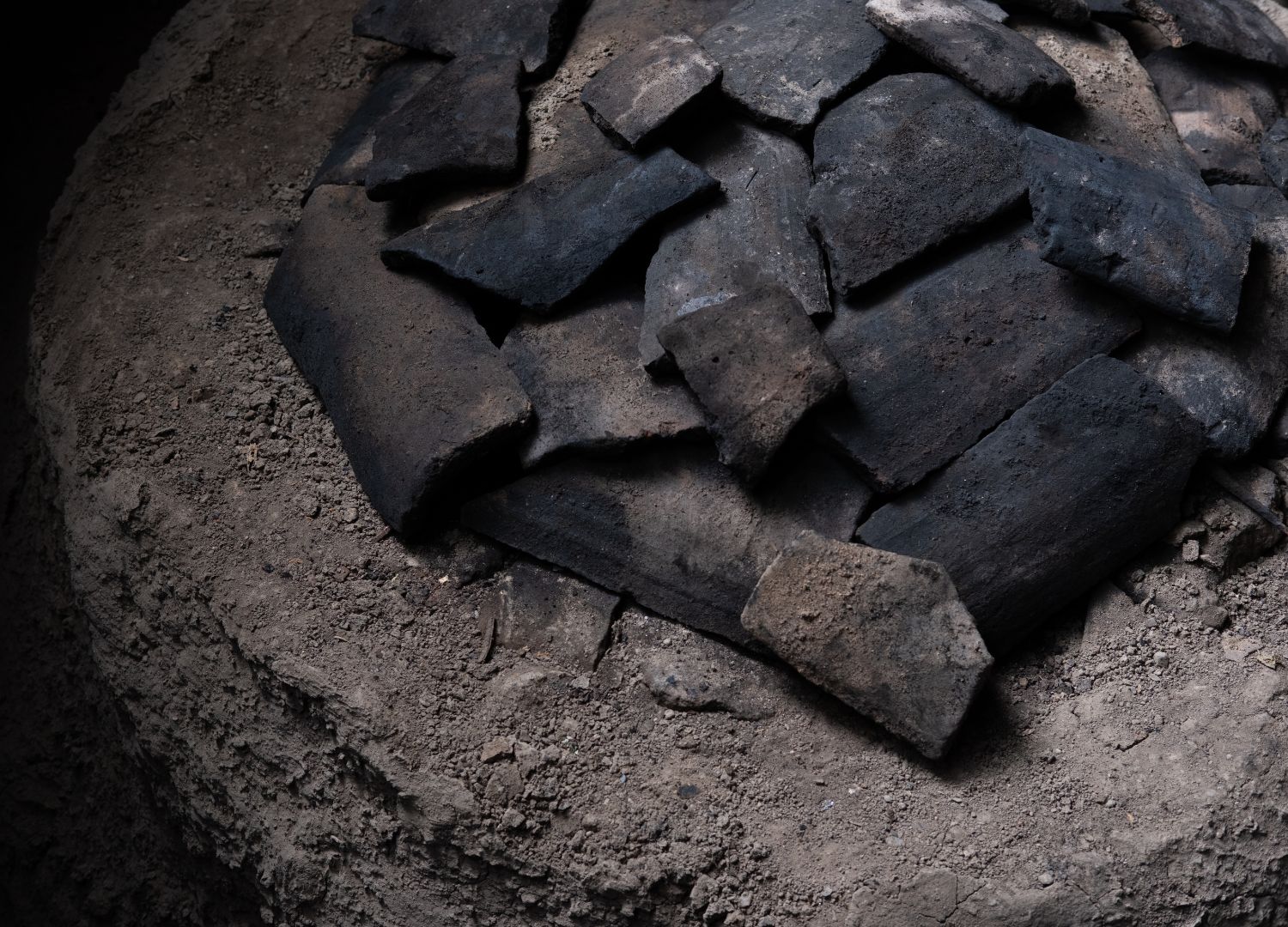 Barro Negro – ©davidpompa
Barro Negro – ©davidpompa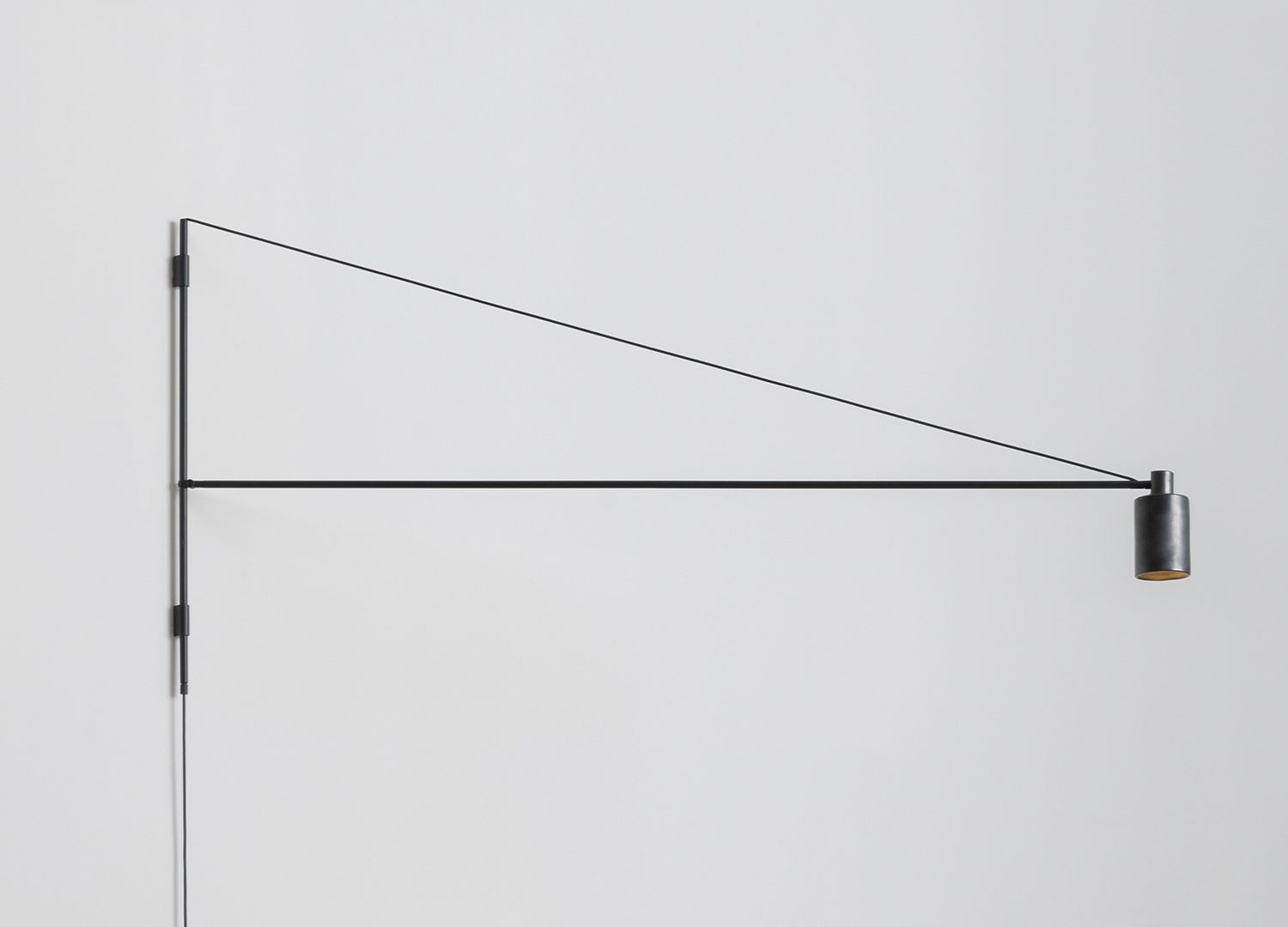 Can Collection – ©davidpompa
Can Collection – ©davidpompa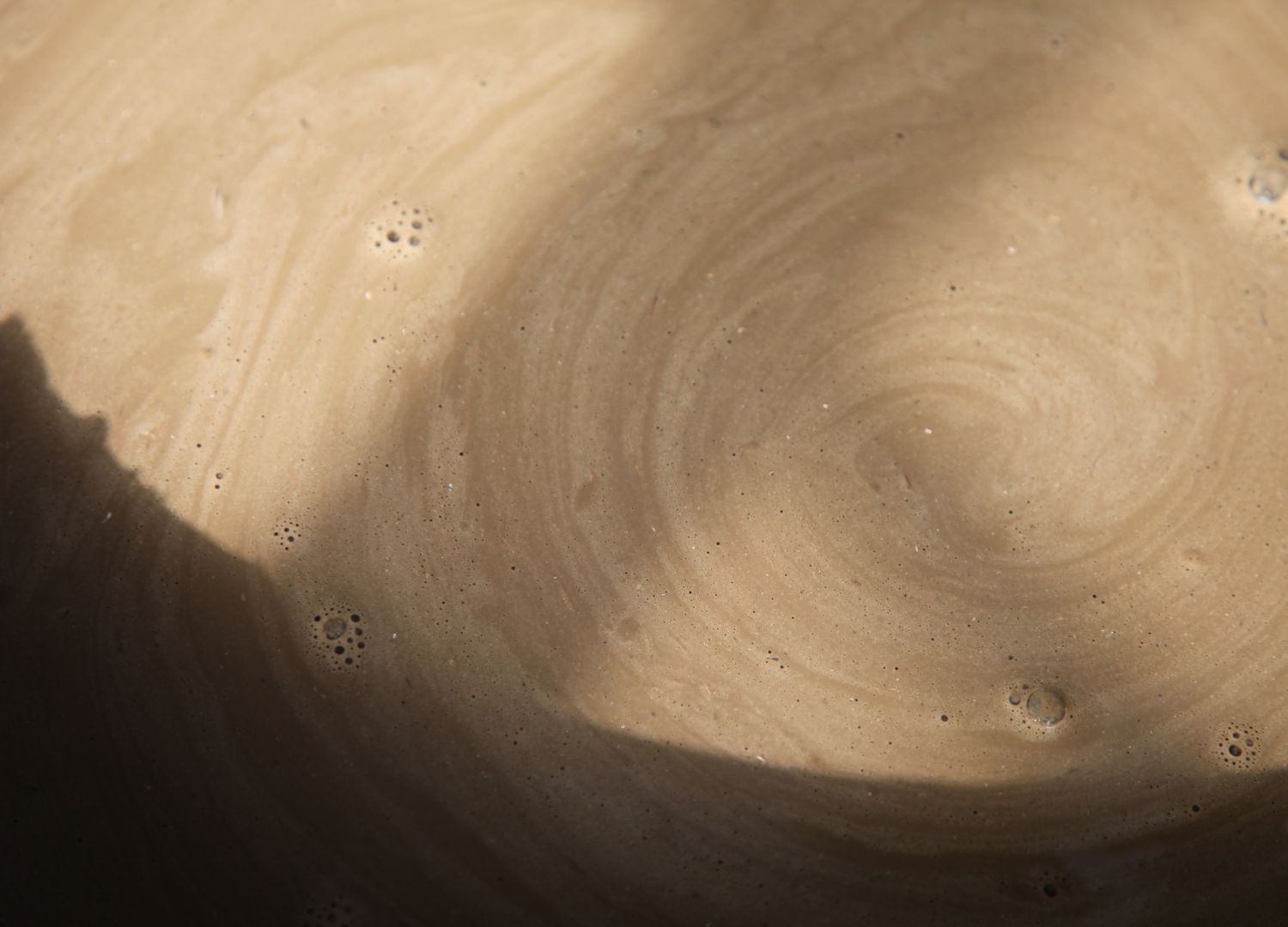 Material process – ©davidpompa
Material process – ©davidpompa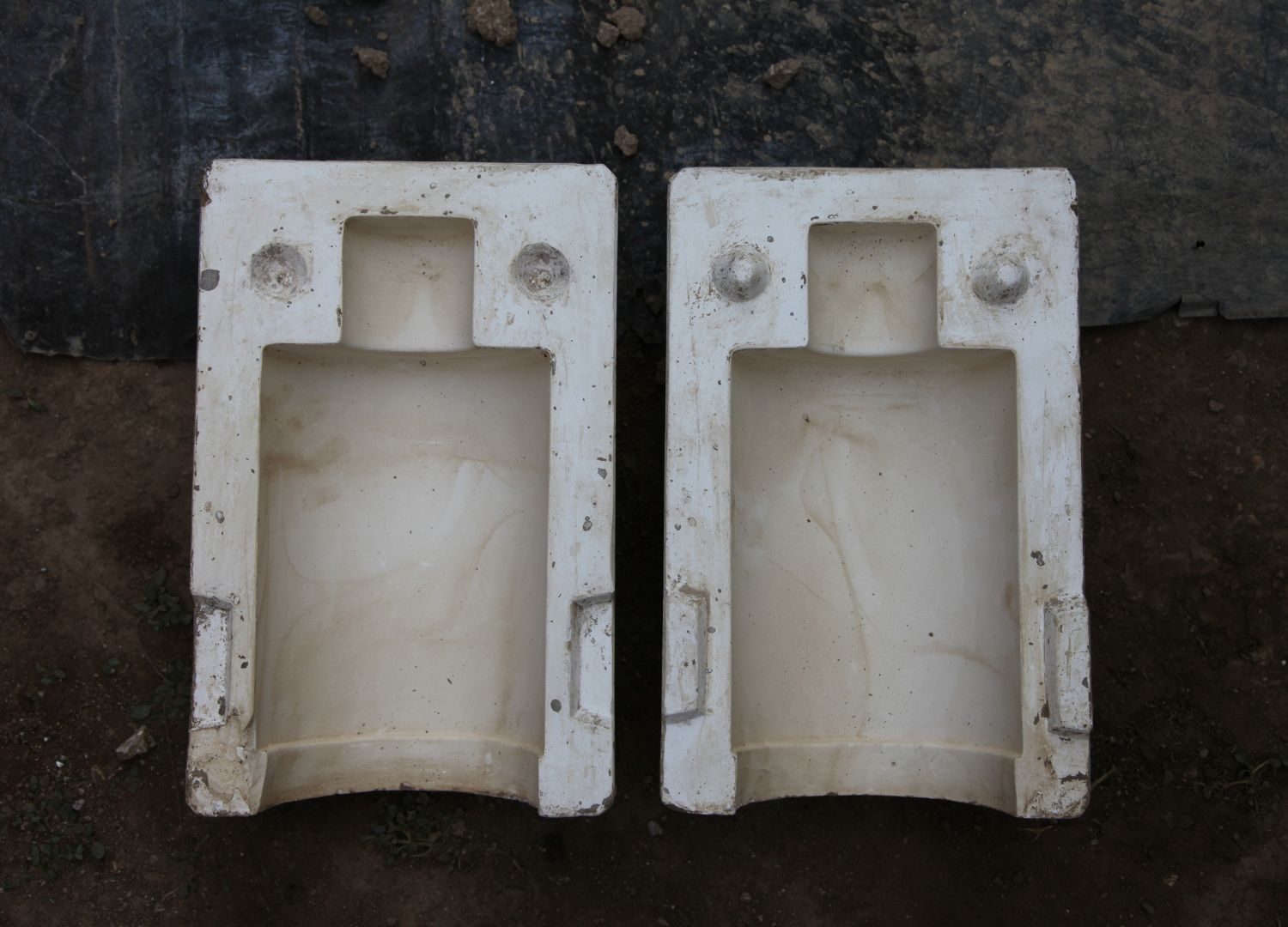 Molds – ©davidpompa
Molds – ©davidpompa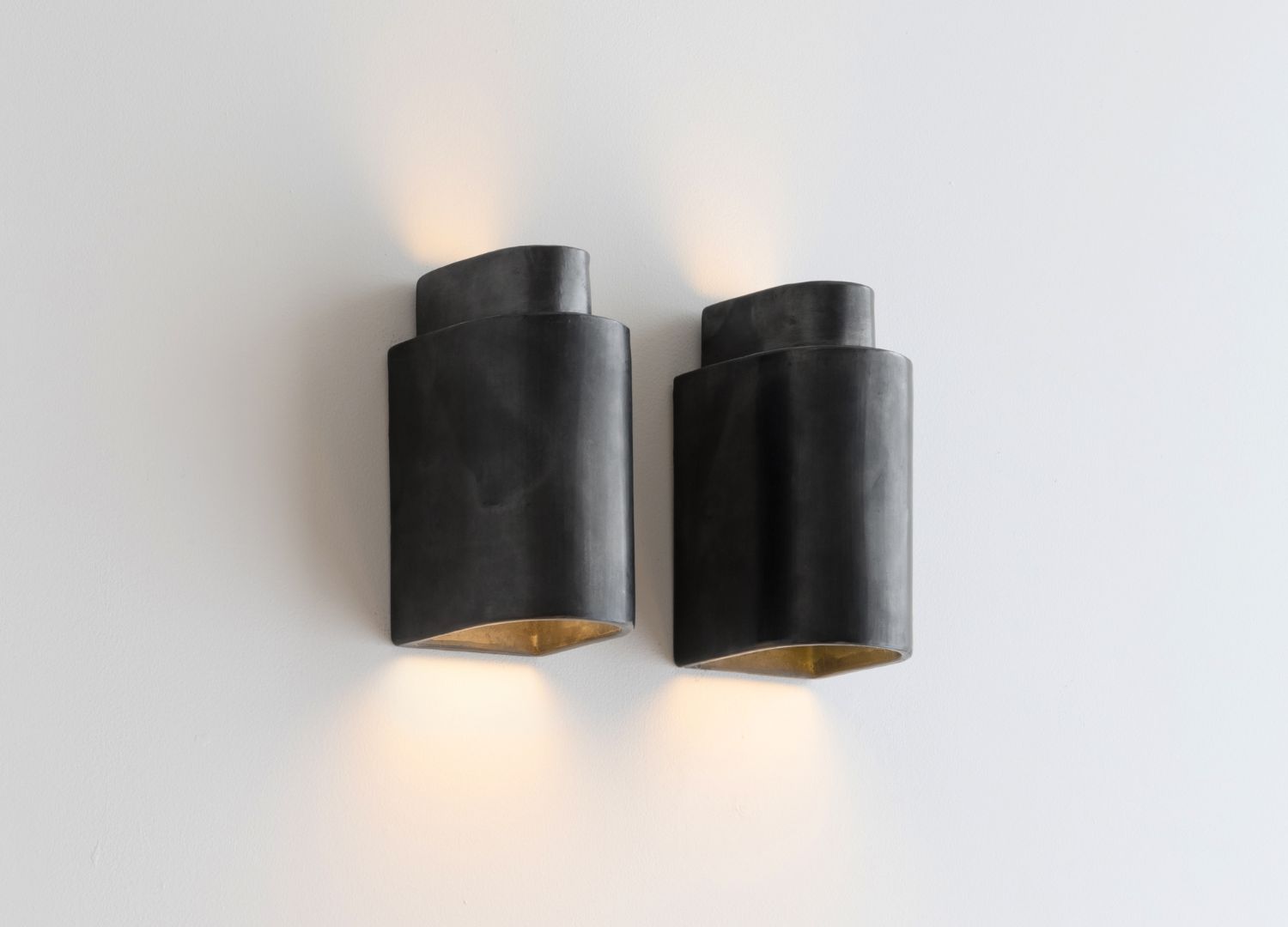 Can collection – ©davidpompa
Can collection – ©davidpompa
Open full width
Guiding the studio in the skilled manipulation of material have been the artisans of San Bartolo Coyotepec, with whom davidpompa has collaborated for decades to bring his creations to life.
It is in this small town in the state of Oaxaca, Mexico, that what is commonly known as natural black clay, or Barro Negro, is found, shaped through ancient techniques that trace back to the Zapotec era.
Passed down through generations, the secrets of working with Barro Negro have been entrusted to davidpompa through the studio’s deep bond with local families. “It’s something that looks very simple but it requires a lot of time and patience,” tells the studio. In fact, the entire production process takes between 20 and 30 days, with particular attention given to the steps that immediately precede the firing phase.
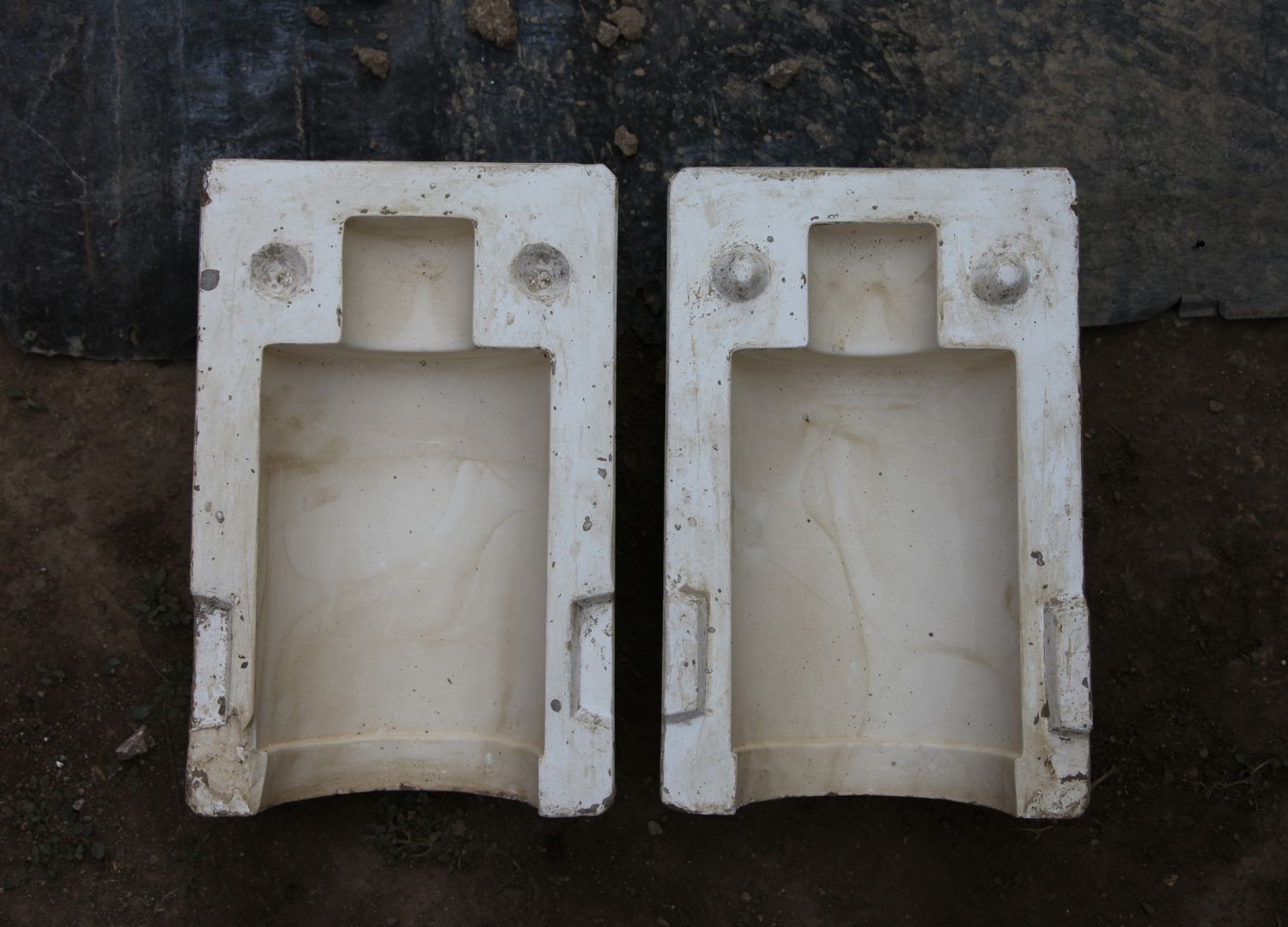
After mixing the local natural clay with water, the material is shaped by the artisans’ hands or using molds. Following a long sun-drying process, the ceramic is polished with natural materials before being fired. This is the crucial step that determines the shiny black color and the glossy surface of Barro Negro. A technique discovered only in the 1950s by a renowned local ceramicist, Doña Rosa Real, and which has now become an integral part of this local tradition.
Fired at 700–800 degrees Celsius in wood-fired kilns dug into the ground, the black clay—almost metallic in appearance—is then ready. Traditionally used to create utilitarian kitchenware such as pitchers and plates, today it also finds new life in contemporary design objects that retain a strong connection to craftsmanship, history, and tradition.
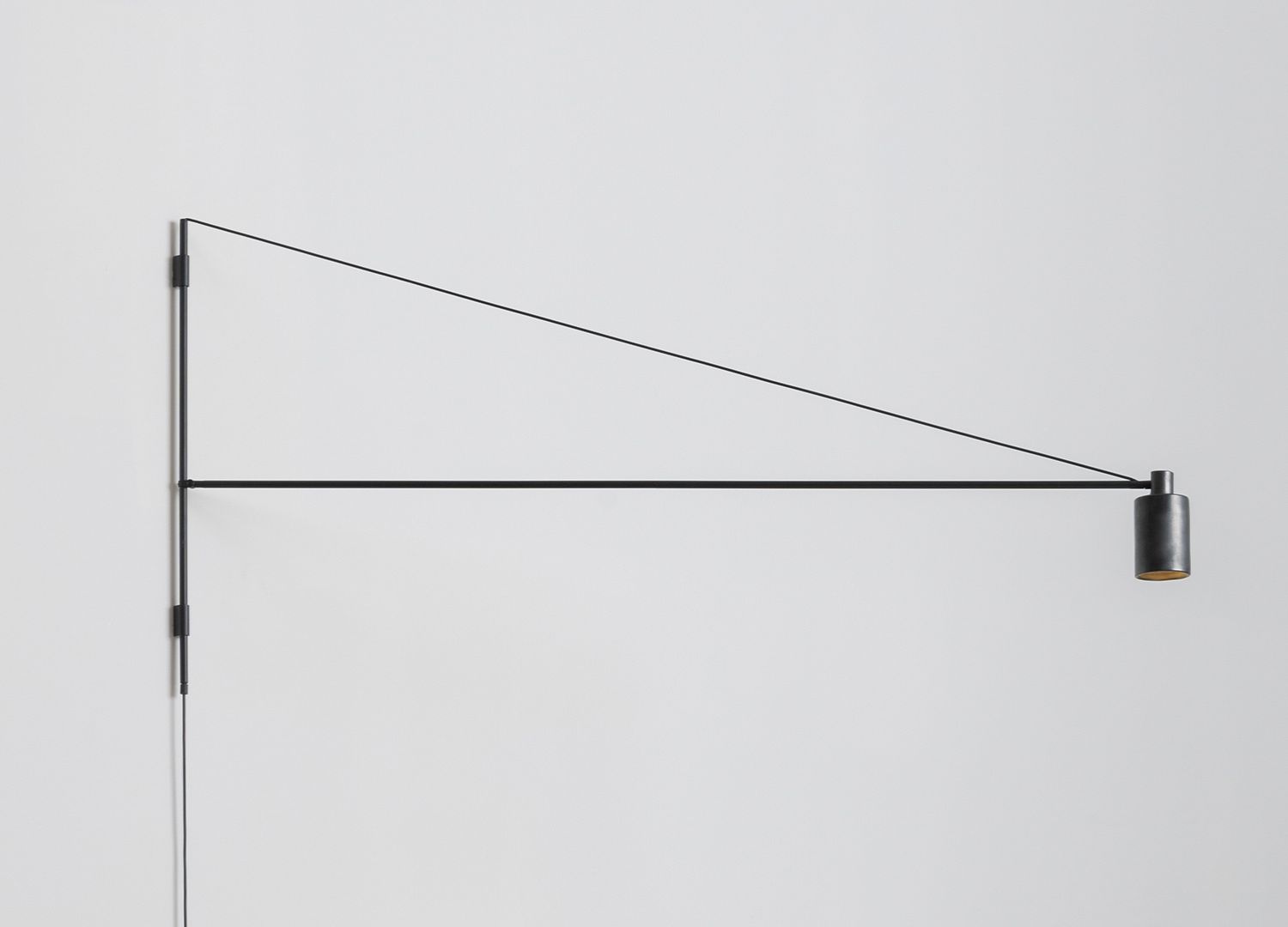
Chandeliers, floor lamps, wall lights—the entire collection, crafted from Barro Negro, carries the unmistakable traces of the skilled hands that shaped it, along with subtle imperfections that speak of a long artisanal tradition.
With its modern aesthetic and post-industrial elegance, the Can Collection is a highly versatile design element. Though light and discreet in appearance, each piece exudes a strong presence, projecting character into any space. Sculptural by nature, the lamps in the collection serve not only a functional purpose but also stand as decorative objects.

Through the work of davidpompa, Zapotec tradition transcends its geographic roots, settling in homes around the world. The studio’s deep respect for both material and heritage makes the Can Collection a silent storyteller, carrying centuries of culture across oceans.
- Advertisement -

